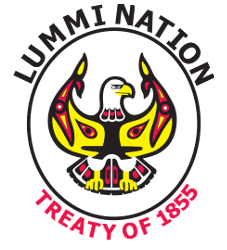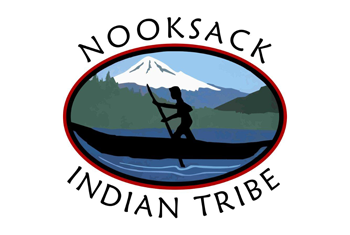
WCLS Land Acknowledgement
We are on the ancestral homeland of the Nooksack, Lummi and other Coast Salish peoples. They have been its stewards since time immemorial, respecting the land, river and ocean with the understanding that everything is connected, related and alive.
We acknowledge the elders and their collective and individual plights and achievements.
We consider the legacies of violence, displacement, migration, and settlement that bring us together today.
And we pursue ongoing action, to build lasting relationships and grow together so that all may prosper.
WCLS Land Acknowledgement for an audience of young people
We drafted a Land Acknowledgement to be used when working with groups of young people, offering the message in terms and language designed to resonate with kids and teens.
We are on the ancestral territory of the Nooksack, Lummi and other Coast Salish peoples.
They are the original inhabitants of this place. They are fishers, hunters, gatherers and harvesters of nature’s abundance, and have been so since time immemorial.
We are neighbors and friends, and we are grateful for our numerous opportunities to learn, live and grow together, building lasting relationships so that all may prosper.
Land Acknowledgements honor the land itself, and pay respect to the indigenous communities who have occupied and stewarded it since time immemorial. They are common across the globe, in countries like Australia, Canada, and New Zealand, and are increasingly common in the United States. All communities undertake them a little differently. The WCLS Land Acknowledgement Team spent a great deal of time considering the scope, intent, and language of the Land Acknowledgement, with significant counsel from our indigenous partners.
At their suggestion, we elected to reference the Lummi Nation and Nooksack Tribe, which are the modern names of the indigenous peoples living here today. We considered using the terms Nuxwsa’7aq and Lhaq’temish, and considered including many of the other tribes and peoples native to this place. We decided that a simple, clear, direct message had more impact.
We considered the complicated history of the Treaty of Point Elliot, the different impacts on the Lummi Nation and Nooksack Tribe, and the ways in which that history should be integrated into the Land Acknowledgement.
We considered the speaker who would be reciting the Land Acknowledgement and worked to draft something that could feel heartfelt no matter who delivers it. Framing things in the first-person plural, asserting what we understand, allows for both indigenous and non-indigenous speakers to recite the Land Acknowledgement naturally.
For more information:
United States Department of Arts and Culture: HONOR NATIVE LAND: A GUIDE AND CALL TO ACKNOWLEDGMENT


